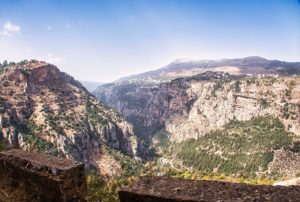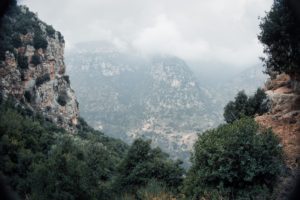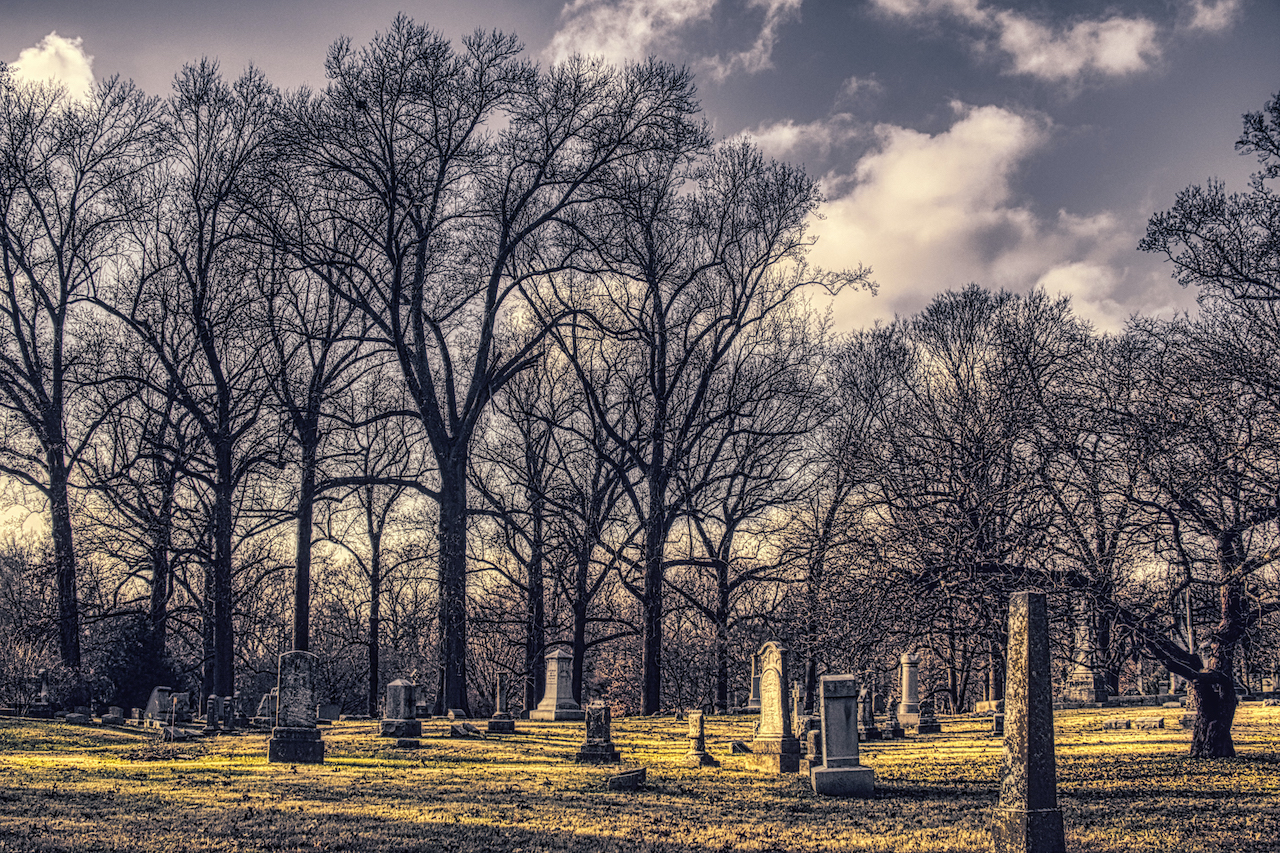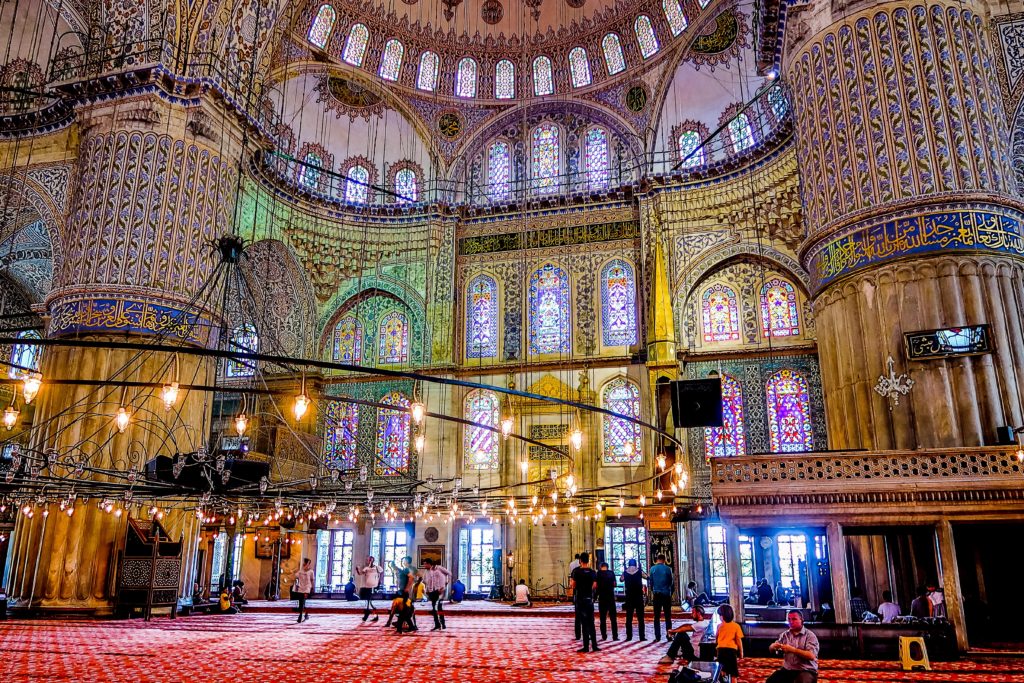Kahlil Gibran and the Kadisha Valley of Lebanon
Two years ago, I had the opportunity to walk through the Kadisha Valley of northern Lebanon. It is a gorgeous area and it also happens to be the birthplace of Kahlil Gibran. Thus, I will combine some of my photos with some of Gibran's better known quotes.
You may forget with whom you laughed, but you will never forget with whom you wept.
You talk when you cease to be at peace with your thoughts.
Keep me away from the wisdom which does not cry, the philosophy which does not laugh and the greatness which does not bow before children.
Out of suffering have emerged the strongest souls; the most massive characters are seared with scars.
If you love somebody, let them go, for if they return, they were always yours. If they don’t, they never were.
 Sadness is but a wall between two gardens.
Sadness is but a wall between two gardens.
They deem me mad because I will not sell my days for gold; and I deem them mad because they think my days have a price.
The smallest act of kindness is worth more than the greatest intention.
In the sweetness of friendship let there be laughter, and sharing of pleasures. For in the dew of little things the heart finds its morning and is refreshed. [More . . . ]






